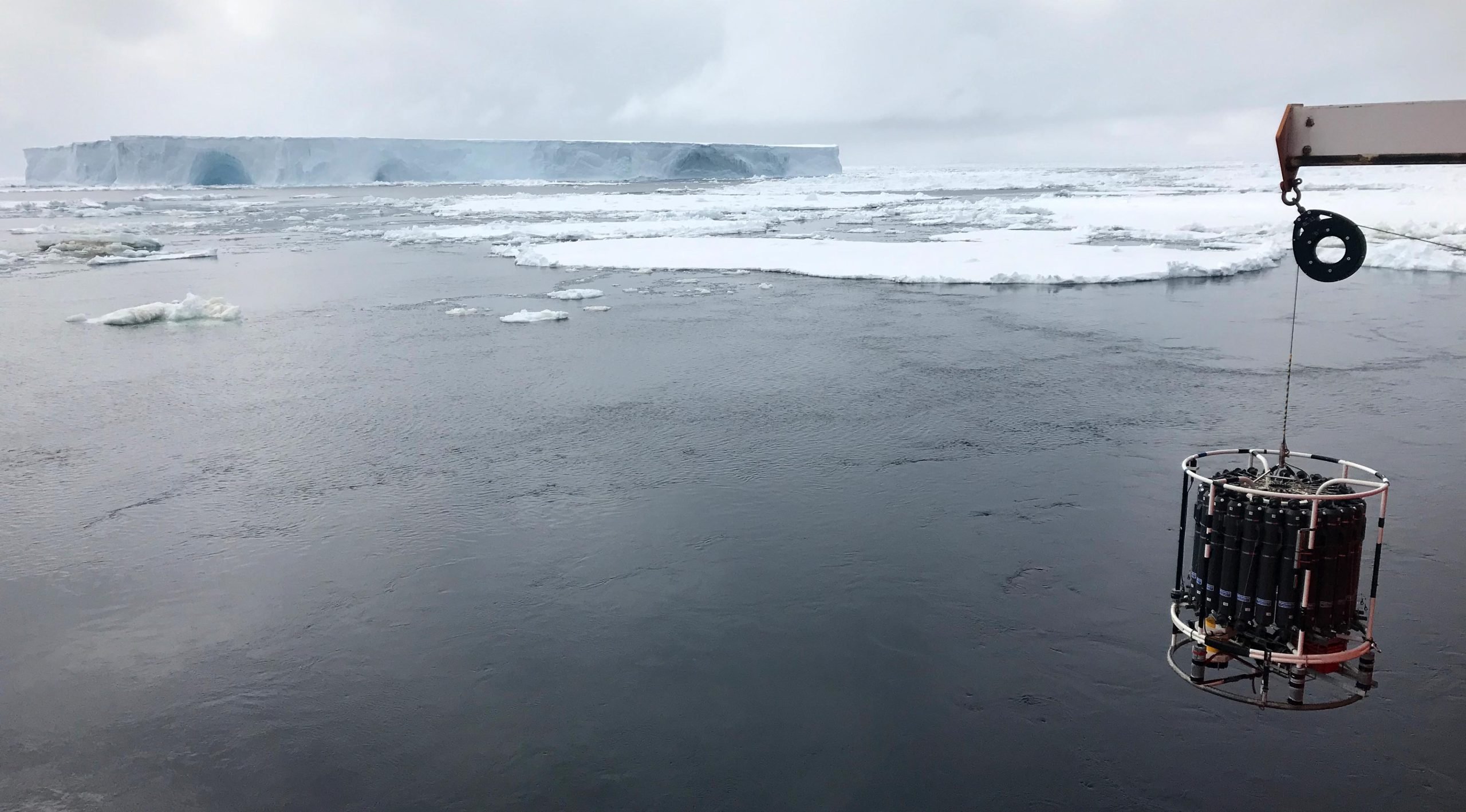By U.S. Department of EnergyDecember 31, 2021

A neutron star begins its life as a star between about 7 and 20 times the mass of the sun. When this type of star runs out of fuel, it collapses under its own weight, crushing its core and triggering a supernova explosion. What remains is an ultra-dense sphere only about the size of a city across, but with up to twice the mass of the sun squeezed inside. Credit: NASA’s Goddard Space Flight Center Conceptual Image Lab
A giant star faces several possible fates when it dies in a supernova. That star can either be completely destroyed, become a black hole, or become a neutron star. The outcome depends on the dying star’s mass and other factors, all of which shape what happens when stars explode in a supernova.Neutron stars are among the densest objects in the cosmos. They average only about 12 miles in diameter but are denser than our sun, which is more than 72,000 times bigger than a neutron star. Neutron stars got their name because their cores have such powerful gravity that most positively charged protons and negatively charged electrons in the interior of these stars combine into uncharged neutrons.

This simulation shows two dense neutron stars colliding. The collision has formed a black hole orbited by a whirlpool of magnetized gas. Some matter emerges in energetic jets and winds that will make heavy elements and flashes of light. Credit: Image courtesy of A. Tchekhovskoy, R. Fernandez, D. Kasen
Neutron stars produce no new heat. However, they are incredibly hot when they form and cool slowly. The neutron stars we can observe average about 1.8 million degrees Fahrenheit, compared to about 9,900 degrees Fahrenheit for the Sun.Neutron stars have an important role in the universe. Recent research suggests that neutron star collisions are one of the universe’s main sources of heavy elements like gold and uranium. The process of creating new atomic nuclei from pre-existing protons and neutrons, whether it occurs during a neutron star collision, a supernova, the burning of stars, or the Big Bang, is called nucleosynthesis.
Fast Facts
- The enormous density of a neutron star means a teaspoon of neutron star material would weigh 10 million tons.
- At only about 12 miles in diameter, a neutron star would fit inside the boundaries of Chicago.
- Neutron stars have exceptionally strong magnetic fields around them.
- Neutron stars rotate extremely rapidly due to the conservation of angular momentum.
- Many neutron stars are observed through periodic (or pulsed) radio waves they emit (these are called pulsars).
- Neutron star collisions are no small affair. The event releases the equivalent of hundreds of millions times our Sun’s energy, distorting spacetime as gravitational waves.
DOE Office of Science: Contributions to Neutron Star Research
The DOE Office of Science Nuclear Physics program supports research in nuclear astrophysics. This scientific discipline helps us understand neutron stars and other objects in the cosmos. Two university-based DOE Centers of Excellence—the Cyclotron Institute at Texas A&M University and the Triangle Universities Nuclear Laboratory—specialize in the study of nuclear astrophysics. DOE also funds research on the Big Bang, stars, supernovae, and neutron star mergers and their roles as sources of elements. The Nuclear Physics program at the DOE Office of Science funded research that produced supercomputer models of neutron star collisions. DOE also supports experiments at DOE’s Jefferson Labthat, by measuring the distribution of neutrons in nuclei, tell us about the physics of neutron stars and the properties of dense nuclear matter. Studying the properties of dense nuclear matter and neutron-rich matter is also part of the purpose of the Facility for Rare Isotope Beams and the Argonne Tandem Linac Accelerator System, both DOE Office of Science user facilities.
Note: This article have been indexed to our site. We do not claim legitimacy, ownership or copyright of any of the content above. To see the article at original source Click Here













